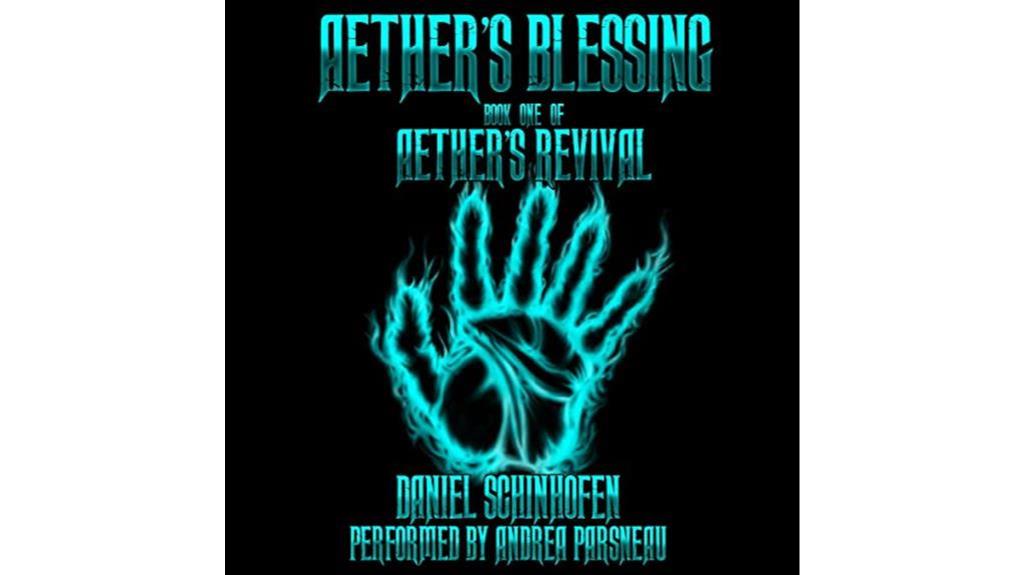The Scarlet Letter Review: Classic Literature Analysis
In examining Nathaniel Hawthorne's 'The Scarlet Letter,' one is confronted with a tapestry of complex emotions and moral dilemmas that transcend time. The interplay between sin and redemption within the puritanical society of colonial New England offers a rich exploration of human nature and societal expectations. As the characters of Hester Prynne, Arthur Dimmesdale, and Roger Chillingworth navigate the consequences of their actions, Hawthorne weaves a narrative that challenges preconceived notions of guilt and forgiveness. This classic work serves as a mirror reflecting the intricacies of the human condition, beckoning readers to ponder the enduring relevance of its themes.
Plot
The plot of 'The Scarlet Letter' intricately weaves together themes of sin, redemption, and societal judgment within the puritanical setting of colonial New England. As Hester Prynne grapples with the consequences of her illicit affair, the story delves into the complexities of human nature and the harsh realities of a judgmental society.
Hawthorne's narrative skillfully exposes the hypocrisy inherent in Puritanical beliefs, forcing readers to confront their own biases and prejudices. Through Hester's journey towards redemption and the poignant portrayal of her daughter Pearl, the novel challenges societal norms and raises profound questions about the nature of sin and forgiveness.
In this intricate tapestry of moral dilemmas and societal constraints, 'The Scarlet Letter' remains a timeless exploration of human frailty and resilience.
Narration
Within Nathaniel Hawthorne's 'The Scarlet Letter,' the narrative voice intricately navigates the complexities of sin, redemption, and societal judgment in colonial New England. Hawthorne's choice of a third-person omniscient narrator allows for an in-depth exploration of the characters' inner thoughts and emotions, providing readers with a profound understanding of their actions and motivations.
This narrative style not only illuminates the struggles of Hester Prynne, Arthur Dimmesdale, and Roger Chillingworth but also delves into the overarching themes of guilt, shame, and the consequences of hidden sins. The narrator's keen observations and subtle commentary on the rigid moral codes of the Puritan society invite readers to reflect on the nature of judgment and forgiveness, challenging conventional notions of morality and virtue.
Summary
Nathaniel Hawthorne's intricate narrative voice in 'The Scarlet Letter' masterfully unravels the complexities of sin, redemption, and societal judgment in colonial New England, paving the way for a profound exploration of human nature and morality.
Set in the strict Puritan society of the 17th century, the novel follows Hester Prynne, a woman condemned for adultery, as she navigates the harsh consequences of her actions while upholding her dignity.
The intertwined lives of Arthur Dimmesdale, the tormented minister, and Roger Chillingworth, Hester's vengeful husband, further illuminate the destructive power of secrets and hypocrisy.
Through its vivid characters and moral dilemmas, 'The Scarlet Letter' challenges readers to reflect on the nature of sin, forgiveness, and the societal constructs that dictate human behavior.
Conclusion
In conclusion, 'The Scarlet Letter' masterfully explores themes of sin, redemption, and societal judgment, challenging traditional moral codes and inviting readers to reflect on the complexities of human nature.
Through the intertwined stories of Hester Prynne, Arthur Dimmesdale, and Roger Chillingworth, Nathaniel Hawthorne's narrative voice exposes the consequences of hidden truths and societal hypocrisy.
This timeless classic continues to provoke thought and discussion on forgiveness, human frailty, and resilience in a society dictated by rigid societal norms and expectations.







